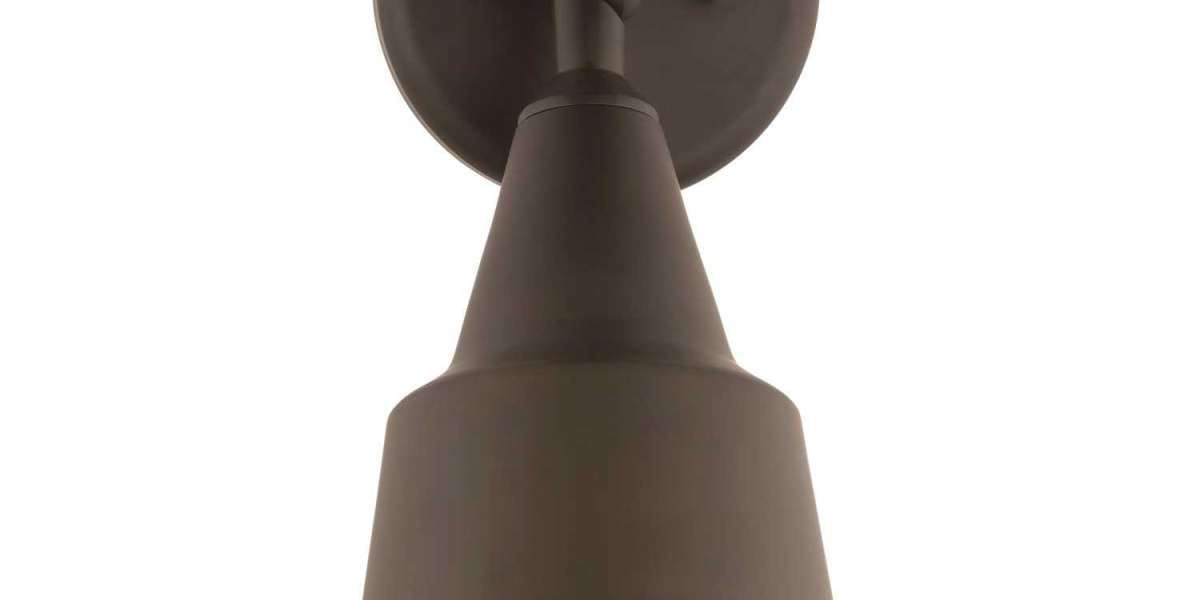What Is a Spot Light?
A spot light is a focused light that emits a narrow, concentrated beam. Typically ranging between 15 to 45 degrees, this type of lighting is designed to highlight specific areas or objects. Spot lights are perfect for accent lighting. Think of illuminating an art piece, a plant, a stage, or architectural features like columns and textured walls.
In modern homes and commercial spaces, spot lights LED are becoming increasingly popular. LED technology offers energy efficiency, longevity, and low maintenance, making it a smart choice for both ambient and task lighting. The directional control of a spot light allows homeowners and designers to create dramatic effects or simply ensure that the right areas get the right amount of light.
Understanding Flood Lights
Unlike a spot light, a flood light is built for coverage. It emits a wide beam—usually around 60 to 120 degrees—designed to spread light over a large area. You’ll often see flood lights in stadiums, parking lots, warehouses, and yards. Their broad illumination helps reduce shadows and ensures safety and visibility in large or outdoor spaces.
Flood lights are ideal when you need general lighting rather than focused intensity. They’re commonly used for security lighting, outdoor events, and illuminating driveways or backyards. However, they aren’t ideal if your goal is to highlight a specific object or small area, which is where the spot light comes into play.
Spot Light vs. Flood Light: Core Differences
At the heart of the spot light versus flood light debate is beam angle and focus. Spot lights provide a narrow, precise beam that can be aimed directly at a target. Flood lights, on the other hand, disperse light more broadly and evenly, making them better suited for general area lighting.
Brightness and intensity are also handled differently. A spot light delivers a more intense light in its focused area, while a flood light’s brightness is distributed across a larger surface. As a result, spot lights LED are better for creating visual interest or spotlighting specific features in a room or garden, whereas flood lights are meant to enhance overall visibility.
Where Spot Lights Shine
There are many scenarios where a spot light is the best option. Inside the home, spot lights can be used to highlight artwork, open shelving, or textured feature walls. They also work well in kitchens as task lighting above counters and islands, especially when the beam can be angled.
Outdoor spot lights LED are commonly used in landscaping to highlight trees, sculptures, water features, or entranceways. With LED options, you get the added benefit of lower energy consumption and longer lifespan, which is especially helpful in outdoor environments where changing bulbs can be inconvenient.
Thanks to their narrow beam, spot lights help create ambiance and drama, which is why they’re so popular in modern home design. From accent lighting in living rooms to track lighting in galleries, they bring out the best in any space.
Flood Lights for Function and Safety
Flood lights come into play when the primary goal is safety and visibility. If you're lighting a large outdoor space—like a backyard, patio, or driveway—flood lights provide the coverage needed. They’re also ideal for commercial and industrial settings that require consistent, strong lighting over a wide area.
Unlike spot lights LED, flood lights are generally not used for aesthetic purposes. Their job is simple: illuminate everything. But with the advancement of LED technology, even flood lights are becoming more energy-efficient and customizable, allowing for dimming features and motion sensors that enhance both security and savings.
LED Technology in Spot Lights
The rise of spot lights LED has completely transformed how homeowners think about accent and task lighting. LEDs offer brighter output with less power, and they last significantly longer than incandescent or halogen bulbs. This means fewer replacements and reduced environmental impact.
Additionally, spot lights LED come in a wide variety of styles and finishes, making them easy to incorporate into any interior or exterior design. Whether you’re going for a clean, modern look or something more industrial or rustic, there’s a spot light LED fixture that fits.
Smart home integration is another bonus. Many spot lights LED models now come with app control, dimmability, and color temperature settings—giving homeowners more flexibility than ever.
Combining Spot and Flood Lights
In many spaces, the best lighting scheme involves using both spot and flood lights together. For example, in a large backyard, you might use flood lights to ensure general visibility and safety, while spot lights LED are aimed at a garden sculpture, tree, or patio feature to enhance visual appeal.
Inside the home, a flood-style ceiling fixture might offer the base lighting for a room, while spot light adds texture, focus, and layers of warmth. Using both types allows you to control ambiance, highlight key features, and maintain functional lighting—all at once.
Final Thoughts
The difference between a spot light and a flood light might seem subtle at first, but their impact on your lighting design is significant. The spot light excels in precision and drama, perfect for accentuating the beauty of your home’s details. On the other hand, flood lights are all about coverage and functionality, ensuring safety and general illumination.
If you're working on a lighting project, consider your space and your goals. Do you want to highlight? Go with spot lights LED. Do you need broad visibility? Opt for a flood light. And in many cases, using both together is the perfect strategy for balanced, effective lighting.
In today’s world of smart, energy-conscious design, spot lights LED stand out as a must-have for homeowners who care about aesthetics and efficiency. Whether indoors or outdoors, these versatile fixtures offer the style, performance, and longevity modern homes demand.











